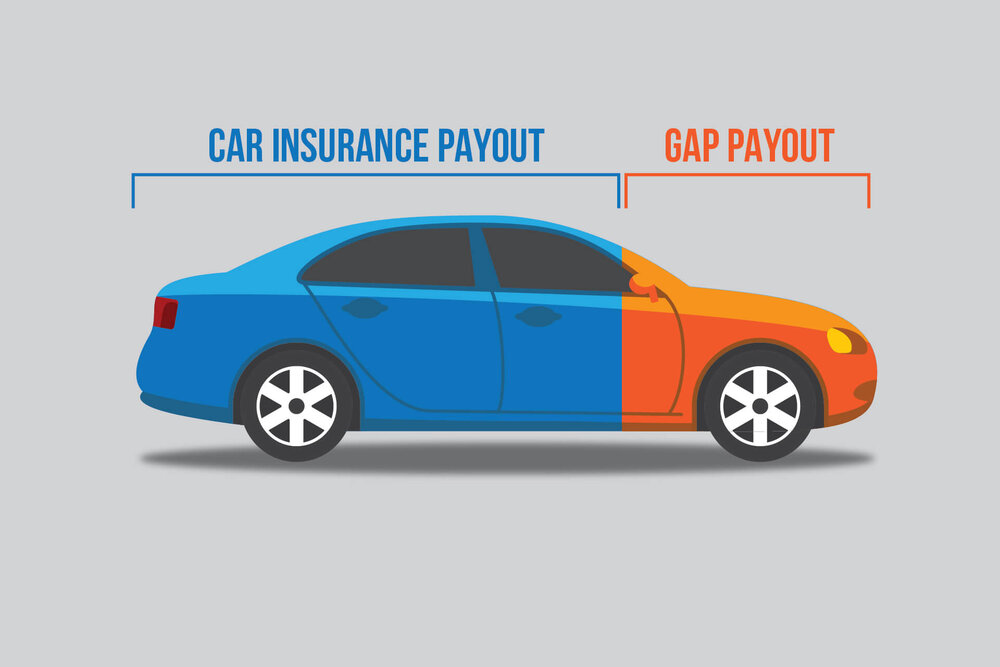Water damage can be a stressful and unexpected event for property owners, often requiring the assistance of professional water restoration services. Fortunately, many insurance policies cover water damage, providing financial relief for the restoration process. In this article, we will delve into the intricacies of how the insurance claim process works when engaging water restoration services, exploring the steps involved and offering insights to help property owners navigate this crucial aspect of recovery.
1. Immediate Action: Mitigating Further Damage
When water damage occurs, taking immediate action is crucial to prevent further damage to the property. Property owners should contact their insurance company promptly to report the incident. Many insurance policies require timely reporting of damages, so initiating the claim process as soon as possible is essential.
Simultaneously, property owners should engage professional water restoration services to assess and mitigate the damage. These disaster restoration companies services specialize in water extraction, drying, mold remediation, and structural repairs, among other crucial tasks. By taking swift action and involving restoration experts, property owners can minimize the extent of the damage, making the insurance claim process more straightforward.
2. Documentation and Assessment: Detailing the Extent of Damage
Upon notifying the insurance company, a claims adjuster is assigned to assess the extent of the water damage. The claims adjuster works independently or in coordination with the restoration professionals to evaluate the damage thoroughly. During this process, documentation is crucial. Property owners and restoration services should document the following:
- Photographs and Videos: Capture clear images and videos of the affected areas before any restoration work begins. This visual documentation serves as crucial evidence for the insurance claim.
- Inventory of Damaged Items: Create a detailed inventory of damaged personal belongings, including descriptions, original purchase prices, and estimated replacement costs. This inventory facilitates the claims adjuster’s assessment.
- Restoration Estimates: Obtain detailed estimates from the water restoration services outlining the scope of work, necessary repairs, and associated costs. This information assists the claims adjuster in understanding the restoration requirements.
3. Filing the Insurance Claim: Submitting Required Documentation
Once the documentation is in place, property owners can proceed to file the insurance claim. This involves submitting the necessary paperwork, including the initial incident report, photographs, videos, and any additional documentation provided by the water restoration services.
Property owners should be thorough and accurate in completing the claim forms. Clearly outline the details of the incident, the extent of the damage, and any immediate actions taken to mitigate further harm. Submitting a well-documented and organized claim can expedite the processing and approval of the insurance claim.
4. Claims Adjuster Review: Assessing the Validity of the Claim
The insurance company’s claims adjuster reviews the submitted documentation to assess the validity of the claim. This process involves a thorough examination of the incident report, photographs, videos, restoration estimates, and any additional information provided by the property owner and restoration services.
The claims adjuster may conduct an on-site inspection to further evaluate the damage. In some cases, the adjuster may work directly with the restoration services to obtain a comprehensive understanding of the restoration requirements. Clear and transparent communication between property owners, restoration professionals, and the claims adjuster is essential during this phase.
5. Approval and Coverage Determination: Understanding Policy Limits
Once the claims adjuster completes the review, the insurance company decides regarding coverage and the approved amount for the claim. Property owners must understand their insurance policy limits and the specific coverage details related to water damage.
Insurance policies may vary in coverage, and some may have specific exclusions or limitations. Property owners should review their policies to ensure they understand the terms, deductibles, and coverage limits applicable to water damage. Understanding policy details beforehand can prevent surprises during the claims process.
6. Coordination with Restoration Services: Implementing Approved Repairs
Upon approval of the claim, property owners can proceed with the restoration process. The insurance company will work in coordination with the property owner and restoration services to facilitate the necessary repairs and restoration efforts.
Restoration services play a crucial role in this phase, implementing the approved restoration plan outlined in their estimates. This may include water extraction, drying, structural repairs, mold remediation, and other necessary tasks to return the property to its pre-damage condition.
7. Continuous Communication: Ensuring a Smooth Process
Throughout the insurance claim process, maintaining open and continuous communication is essential. Property owners should stay in touch with both the insurance company and restoration services to address any questions, concerns, or updates. Clear communication helps streamline the process and ensures that all parties are on the same page regarding the restoration efforts and associated costs.
8. Final Inspection and Sign-Off: Confirming Restoration Success
Once the restoration work is complete, a final inspection is typically conducted to confirm that the property has been successfully restored. The claims adjuster may revisit the property to ensure that the approved repairs have been implemented according to the restoration plan.
Property owners should actively participate in this final inspection, reviewing the completed work with the claims adjuster and restoration professionals. Any discrepancies or concerns should be addressed promptly to ensure that the property is fully restored to its pre-damage state.
9. Finalizing the Claim: Receiving Compensation
With the successful completion of the restoration process and the final inspection, the insurance company finalizes the claim. Property owners receive compensation based on the approved amount and coverage outlined in their insurance policy. The compensation is intended to cover the costs associated with the restoration services, repairs, and any documented losses or damages.
10. Post-Claim Follow-Up: Assessing Satisfaction and Feedback
After the insurance claim process is complete, some insurance companies conduct post-claim follow-ups to assess customer satisfaction and gather feedback. Property owners have the opportunity to provide insights into their experience with the claims process, the efficiency of the restoration services, and any areas for improvement.
Participating in post-claim follow-ups allows property owners to share their perspectives and contribute to ongoing enhancements in the claims and restoration processes.
Conclusion: Collaboration for Successful Restoration
The insurance claim process, when working with water restoration services, is a collaborative effort involving property owners, claims adjusters, and restoration professionals. Taking immediate action, documenting the damage thoroughly, filing a well-prepared claim, and maintaining open communication throughout the process are key elements for a successful restoration journey.
Property owners should familiarize themselves with their insurance policies, understand coverage details, and engage reputable water restoration services to ensure a smooth and efficient claims process. By working together, property owners and insurance providers can navigate water damage incidents effectively, facilitating timely and comprehensive restoration efforts.









